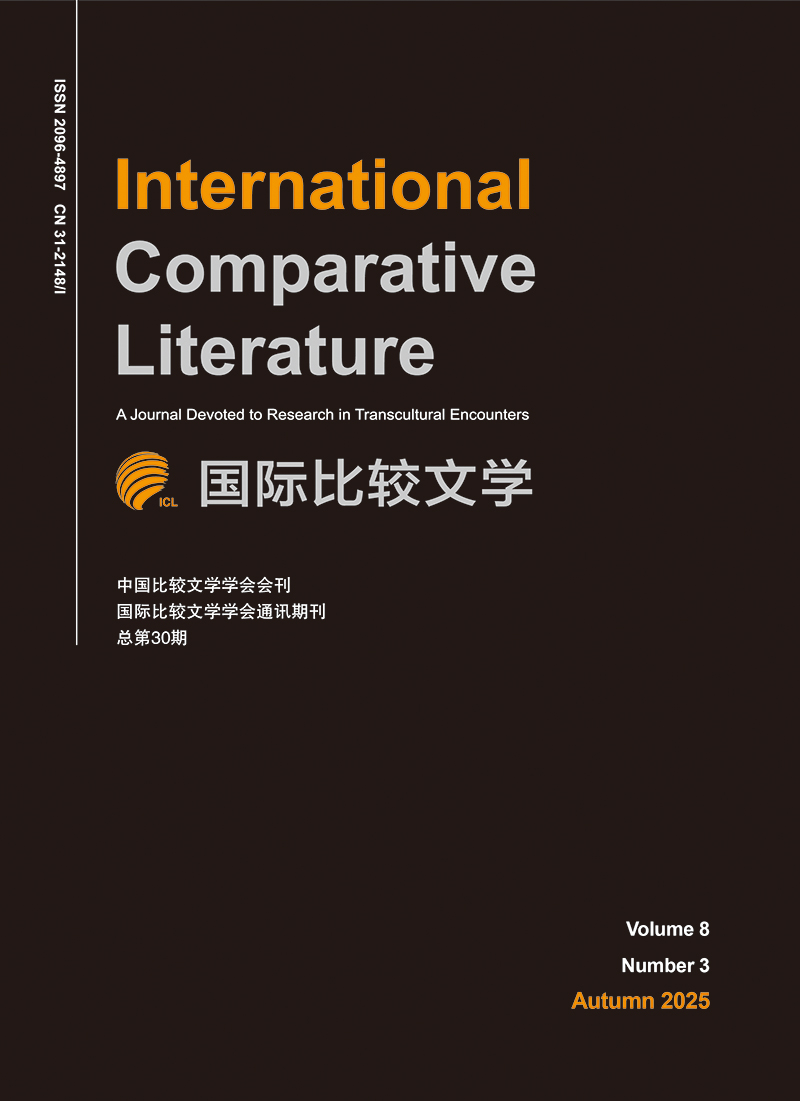2024 Vol. 7, No. 3
Display Method:
2024, 7(3): 9-40.
Abstract:
2024, 7(3): 41-57.
Abstract:
2024, 7(3): 58-69.
Abstract:
2024, 7(3): 70-84.
Abstract:
2024, 7(3): 105-117.
Abstract:
The Diachronic Relationship between Nature and Human Life—Taking China’s Hainan Island as an Example
2024, 7(3): 118-127.
Abstract:
2024, 7(3): 128-148.
Abstract:


